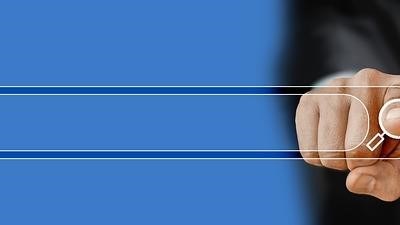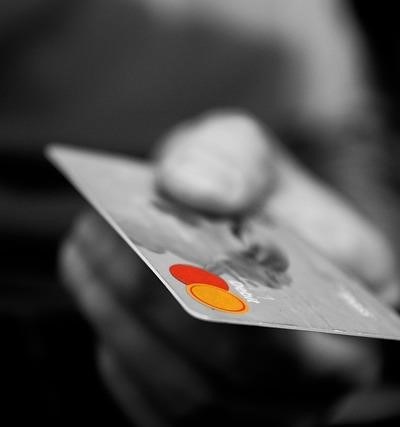I never thought it would happen to me. I considered myself tech-savvy, cautious about clicking suspicious links, and generally aware of online threats. But then it did. My fullz – my complete set of personal identifying information – was stolen. It was a horrifying experience, a nightmarish descent into the world of identity theft and online fraud.
It started subtly. A strange charge appeared on my credit card. Then another. Initially, I dismissed them as errors. But when my bank flagged suspicious activity on my account, I knew something was seriously wrong. I immediately froze my credit cards and contacted my bank. This was the first crucial step, preventing further credit card fraud and bank fraud.
The realization that my personal information theft was far more extensive than just a compromised card hit me hard. My compromised credentials – usernames, passwords, social security number – everything was potentially in the hands of criminals. The feeling of vulnerability and helplessness was overwhelming. This was a clear case of a data breach, though I never pinpointed the exact source.
My next step was to thoroughly investigate. I checked my credit reports from all three major credit bureaus – a crucial part of fraud prevention. I found several accounts opened in my name. This was the moment I realized the extent of the cybercrime, and the stolen information I had to deal with. This was more than just a scam or a simple phishing attempt. This was a full-blown identity theft case.
Reporting the crime was the next hurdle. I started with online reporting to the FTC (Federal Trade Commission) and filed an identity theft report. Their website provides clear instructions and resources. Simultaneously, I filed a police report with my local law enforcement. I also contacted the FBI’s Internet Crime Complaint Center (IC3). This multi-pronged approach is essential when dealing with data security breaches of this scale.
The process wasn’t quick. It required patience, persistence, and meticulous documentation. I had to provide extensive evidence, including copies of fraudulent documents, transaction records, and communication with financial institutions. The investigation took months, but I was determined to see this through.
Beyond official reporting, I implemented measures for identity protection; I changed all my passwords, enabled two-factor authentication wherever possible, and monitored my credit reports closely. I also placed fraud alerts and security freezes on my accounts. Learning about effective data security practices became a priority.
My experience taught me a valuable lesson. While I can’t undo the hacking, I can learn from it. Being proactive, reporting the crime immediately, and taking the necessary steps for identity protection are crucial in mitigating the damage. Don’t wait. If you suspect fullz theft, act swiftly. Report it to the appropriate authorities and protect yourself. Your peace of mind is worth it.


This article is a powerful and necessary read. While I haven’t personally experienced identity theft on this scale, I know several people who have, and their stories mirror the author’s experience. The detailed steps outlined for dealing with the aftermath – from freezing credit cards to reporting the crime – are invaluable. This article is a crucial resource for anyone concerned about online security and the potential for identity theft.
Reading this brought back a flood of memories. I went through something very similar a few years ago, and the author
This article resonated deeply with me. I experienced a similar identity theft incident last year, and the author